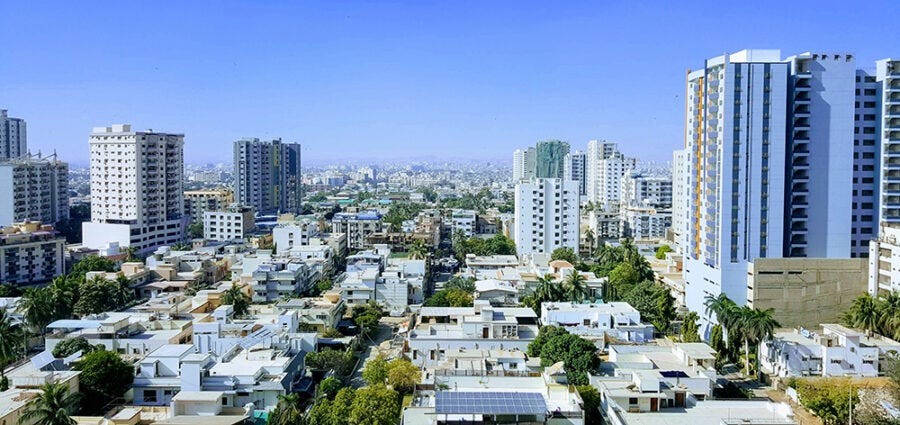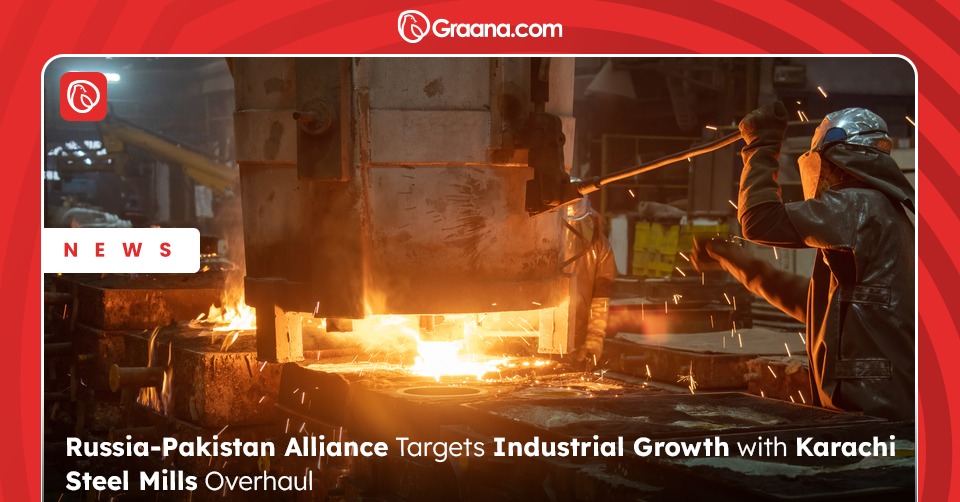In an era of economic uncertainty and volatile markets, finding a reliable and safe investment option is more crucial than ever. Pakistan’s economic landscape, influenced by fluctuating exchange rates, inflation, and shifting policies, has led many to question where to place their hard-earned money. Among the various avenues available, real estate consistently stands out as a time-tested and secure choice. Whether you’re an experienced investor or just starting out, the real estate sector in Pakistan offers opportunities that are both lucrative and stable.
This blog delves into the reasons why real estate remains the safest investment option in Pakistan, even in today’s unpredictable economic climate.
Historical Performance of Real Estate in Pakistan

The historical data for real estate in Pakistan speaks volumes about its reliability. Over the past two decades, property values in prime locations have shown steady appreciation. Developments like Bahria Town, DHA, and IMARAT projects have turned modest investments into substantial returns for countless investors.
Unlike stocks or mutual funds that are highly susceptible to market fluctuations, real estate in Pakistan offers a relatively consistent upward trajectory. For example, property prices in Islamabad’s emerging areas like Gulberg Greens or IMARAT Downtown have seen significant growth due to increasing demand and infrastructural development.
Tangibility and Stability
Real estate is one of the few investment options that provide tangible assets. Unlike equities or cryptocurrencies, property is something you can see, use, or even live in. This inherent stability is why it is often referred to as a “safe haven” investment.
Moreover, property values tend to increase over time, especially in strategic locations. Unlike financial assets that can become worthless in extreme market conditions, real estate retains its intrinsic value. In times of economic downturn, having a tangible asset like property can act as a buffer against financial instability.
High Demand for Urban Development
Pakistan is undergoing rapid urbanization, with an increasing number of people moving to cities for better opportunities. This urban migration has spurred demand for both residential and commercial properties. Developments like smart cities and gated communities are addressing this growing need, making real estate investments highly rewarding.
Projects like IMARAT Residences II, Golf Floras, and Florence Galleria are prime examples of urban development shaping the future of Pakistan. These projects cater to a wide range of needs, from luxury living to commercial hubs, ensuring high demand and consistent returns for investors.
Lucrative Rental Yields
Real estate not only offers long-term appreciation but also provides a steady income stream through rentals. Cities like Islamabad, Lahore, and Karachi have a high demand for rental properties due to the influx of students, professionals, and expatriates.
Investments in commercial properties such as Mall of IMARAT or Amazon Mall guarantee attractive rental yields, thanks to their prime locations and high footfall. Residential properties in secure and well-planned communities offer similarly rewarding rental income, making them a preferred choice for investors seeking cash flow.
Favorable Policies for Overseas Pakistanis
The government of Pakistan has introduced several initiatives to encourage overseas Pakistanis to invest in real estate. From simplified procedures to tax incentives, these policies have made it easier for expatriates to invest in their homeland.
Developers like IMARAT Group have further enhanced this experience by offering special payment plans and facilities tailored to overseas investors. These efforts ensure a secure and seamless investment process, fostering trust and confidence among expatriates.
Diversified Investment Options
The diversity of real estate options in Pakistan is another factor that makes it a safe investment. Whether it’s residential apartments, commercial spaces, plots, or mixed-use developments, there’s something for every type of investor.
Affordable payment plans introduced by reputable developers like Graana.com’s Asset Management Division make it possible for middle-income groups to invest in high-end properties. This inclusivity ensures a broader investment base, enhancing the stability of the sector.
Low Risk, High Returns
Real estate investments in Pakistan are generally low-risk compared to other volatile options. Properties located in developing areas with planned infrastructure tend to see rapid appreciation.
For example, investments in IMARAT Downtown—a hub of residential, commercial, and recreational facilities—have proven to yield high returns. Location, developer credibility, and market demand are the trifecta that minimizes risk while maximizing profitability.
Emerging Trends Shaping the Industry
The real estate sector in Pakistan is evolving, with new trends adding value to investments. Eco-friendly developments like Hoon Farms are gaining popularity among environmentally conscious investors.
Vertical living and mixed-use projects are becoming the norm in urban areas, providing modern and convenient lifestyles. Additionally, technology integration through platforms like Graana.com has streamlined property transactions and management, ensuring transparency and efficiency for investors.
Conclusion
In a world of financial uncertainties, real estate continues to shine as a beacon of stability and security. Its historical performance, tangible nature, and ability to generate consistent returns make it an unparalleled investment option in Pakistan.
Whether you’re looking to secure your financial future or generate passive income, real estate offers opportunities that are both rewarding and reliable. Explore options with trusted platforms like Graana.com to make informed investment decisions today.
Don’t wait—secure your investment in Pakistan’s thriving real estate sector now! Visit Graana.com or IMARAT’s projects to explore opportunities tailored to your needs.
For more related information, visit Graana Blog.




